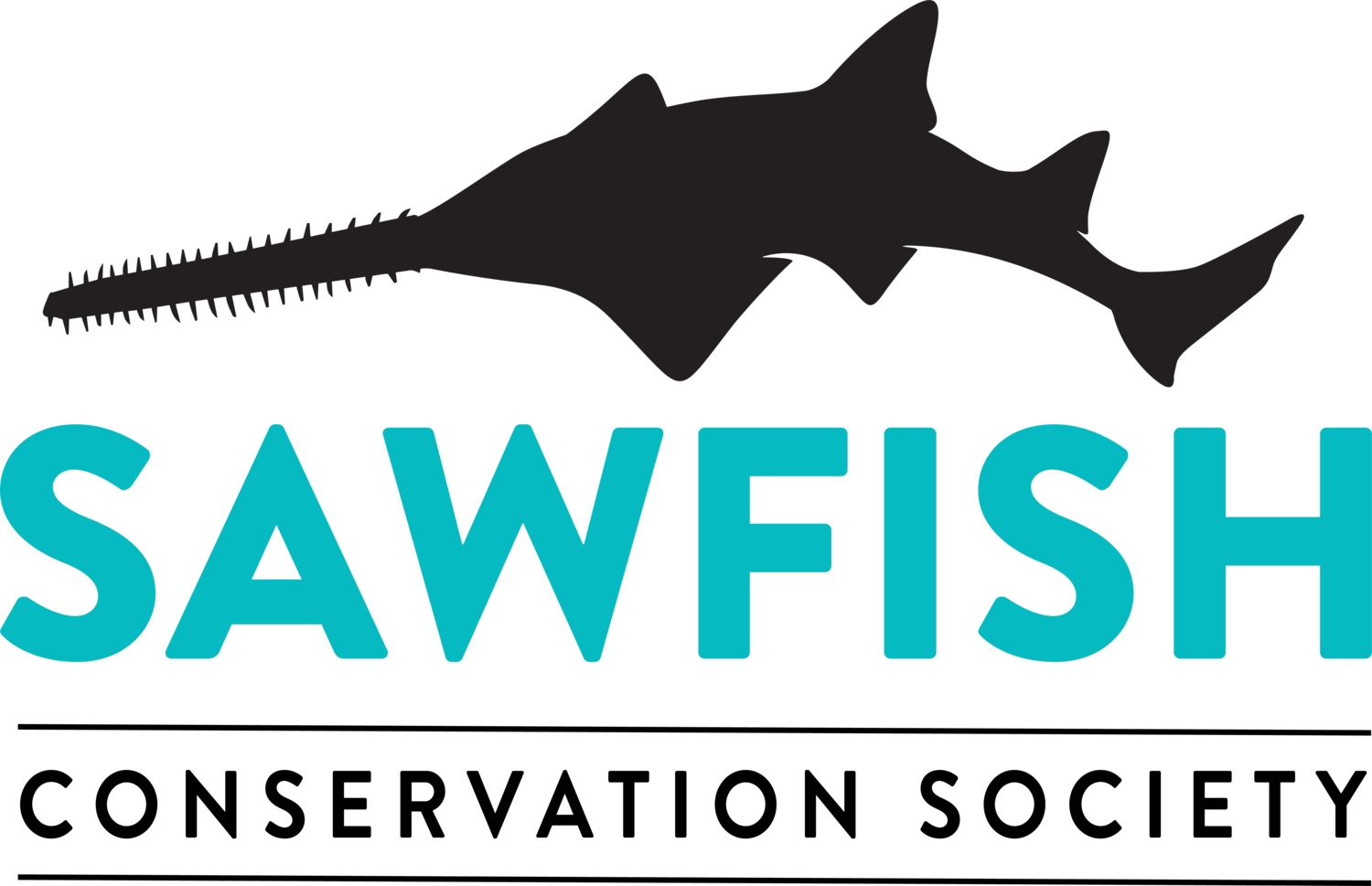Behind the Scenes of International Sawfish Day
Annmarie Fearing
 |
| Katy Duke Image credit: The Deep |
She is currently working with other aquariums and researchers around the globe to further sawfish conservation. As someone who helped get International Sawfish Day (ISD) off the ground, we wanted to hear Duke’s thoughts on what ISD is all about.
According to Duke, the initial idea for ISD came during the American Elasmobranch Society Sawfish Symposium in 2016. Duke, Paula Carlson (Dallas World Aquarium), Stacia White (Ripley’s Aquarium), Alan Henningsen (National Aquarium Baltimore) and Nick Dulvy (IUCN Shark Specialist Group Chair) were discussing how great it would be to have a day for everyone around the world to celebrate sawfish. “We realized there was enough enthusiasm at the symposium so we decided to go for it, and International Sawfish Day was born!”
 |
| Green sawfish (Pristis zijsron) swimming at The Deep. Photo credit: The Deep |
Duke and the other organizers hope to further develop ISD and add on additional elements, such as fundraising, to support sawfish conservation in future years. She also noted that ISD is helping to bring together the people working on sawfish in all different disciplines and from various countries. “ISD will be celebrated all over the world and is as relevant in Australia as it is in the US, Africa, South America and Europe,” states Duke. She also commented on how everyone has a part to play in sawfish conservation and how ISD is a great way to unite everyone behind this common goal.
 |
| Children in awe of a green sawfish. Photo credit: The Deep |
Draw or create a sawfish and share your picture online.
Visit an aquarium or venue with activities going on for ISD (follow this link for a list of activities: http://www.sawfishconservationsociety.org/ISD4.html).
Take some interesting sawfish facts into school or your work place. You can learn all about sawfish and play sawfish games at www.sawfishconservationsociety.org
Bake sawfish shaped cookies and give them to your friends. Dress up as a sawfish!
Spark up as many conversations as you can about sawfish and why you think they are important.
If you see a sawfish saw somewhere, let researchers at The University of Southern Mississippi, Louisiana State University and the Sawfish Conservation Society know by emailing sawfishconservationsociety@gmail.com.
Duke says the most important thing on ISD is to have fun, and if you have a genuine passion you can take that into your everyday life and be an ambassador for sawfish!

